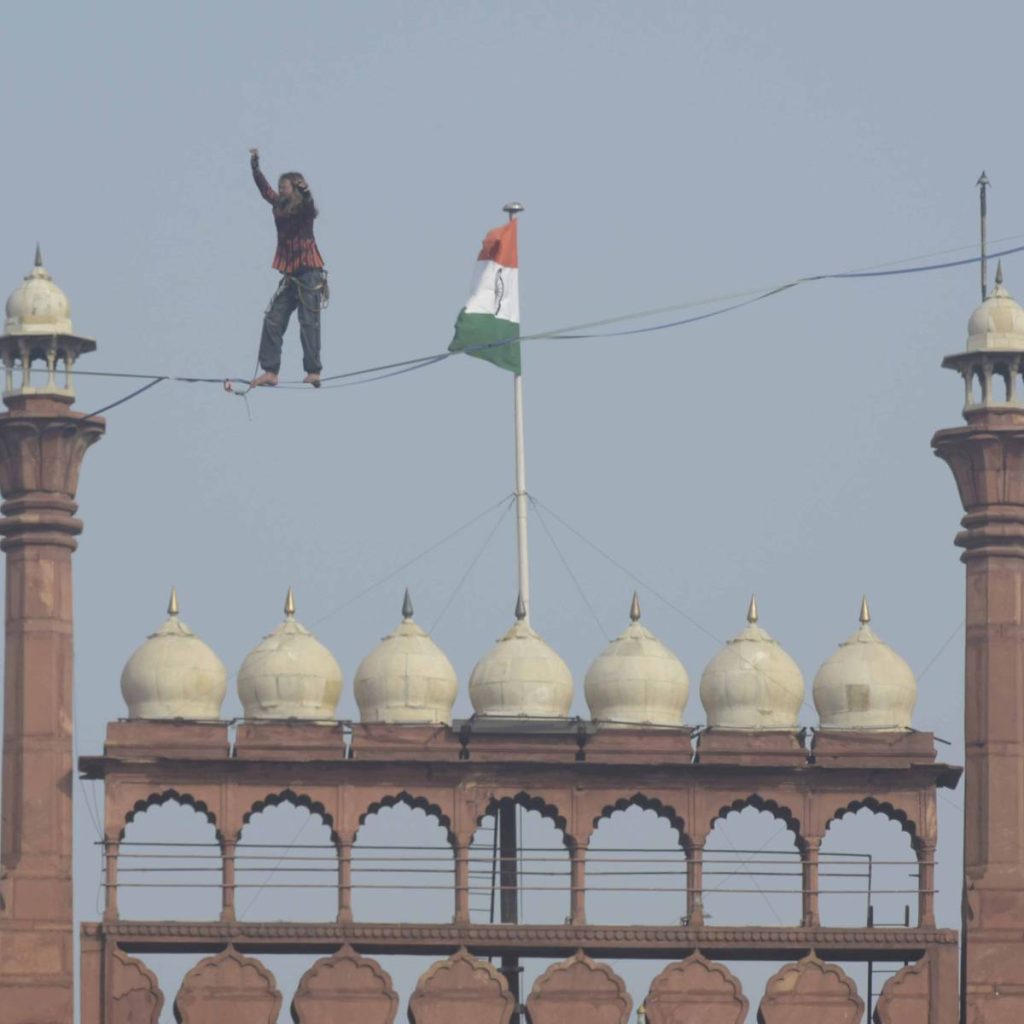
The constitution of India recognises 22 official languages, however there are approximately 19,500 languages and dialects spoken in the country. India truly believes in unity in diversity…writes Swapna Das
Ancient India refers to the period from around 1500 BCE to 500 BCE. – this is the period of the earliest Aryan migration. Medieval India dated from A.D 700 to A.D 1857 and Modern India was from A.D. 1857. The first inhabitants might have been the tribal people of East India, Central India and South India.
The Indus Valley Civilisation or Harappan Civilisation was known to be the earliest urban society in the Indian subcontinent. This region was first identified in 1921 in Punjab and then in 1922 in Mohenjodaro near the Indus river. Important innovations were also attributed to the civilisation – irrigation, sanitation, tools for measuring length and mass, fire baked bricks were some of the important findings of this period.
The Moghal Empire in India was brought to an end in 1857 – Bahadur Shah Zafar was the last Mughal Emperor of India.
The British Raj refers to the period of British rule from 1858 to 1947. The raj subsequently succeeded in the management and administration of the Indian subcontinent which was previously held by the East India Company. This change was due to the general distrust and dissatisfaction with the company. Although the British Empire ruled India for more than a century, the rumblings for freedom became a giant roar as early as in 1857 with the first Sepoy Mutiny.

There were innumerable reasons for unrest in India during British rule and this resulted in outpour of public discontent. Indian nationalism came to the forefront and the Indian National Congress held its first meeting in 1885. Many leaders and scholars voiced their anxieties about the atrocities of the foreign rule and this resulted in public condemnation of the barbaric acts like the Jallaniwala Bagh Massacre of 1919. The Bengal Famine of 1943 did little to prompt Her Majesty’s Government to alleviate the sufferings of the people at that time.
After a long struggle for independence spearheaded by Mahatma Gandhi, the British Government agreed to hand over power to India but with an aim to create the two-nation theory. Thus India and Pakistan were born and gained Independence in 1947. On 15th August 1947 at the stroke of midnight, India gained its independence and the national flag was hoisted all over the country. The preamble to the constitution declared India to be a sovereign, socialist, secular and democratic republic.
India’s journey post independence was a struggle initially, but with the passage of time, the country has progressed in many areas. With a population of approximately 1.4 billion, it makes it the second most populous country in the world. India is the proud owner of the title ‘world’s largest democracy’ with a very diverse ethnic population.
The constitution of India recognises 22 official languages, however there are approximately 19,500 languages and dialects spoken in the country. India truly believes in unity in diversity.
Since independence India has made great strides in industry, technology and has produced many world renowned scientists – Jagdish Chandra Bose, CV Raman, Abdul Kalam, Srinivasa Ramanuja to name a few.
The Indian Railways was the brainchild of the British Raj and the first passenger train journey took place in Mumbai (formerly Bombay) in 1853. Since then the railway network of the country has expanded in all directions joining north to south and east to west of the country.. The railway is the largest network in Asia and the second largest in the world. It transports about 22 million people every day.
In 1951 there were approximately 5 public sector enterprises in India, however, this number increased to 365 by 2021.
India’s achievements would be incomplete without the mention of the significant contribution to software industry. Indian software engineers have been increasingly influential in the world for the last few decades. India’s electronic industry has grown from strength to strength and many software engineers are working in different parts of the world.
The world of cinema and its magic has given birth to a very big film industry in India. Bollywood movies are watched not just by Indians but also by other nationals all over the world. India is the largest film producing country in the world. Regional cinema has a strong following too. Many celebrated Indian film makers have made a mark in the international stage and familiar names like Satyajit Ray, Mrinal Sen, Adoor Gopalakrishna, Shekhar Kapur and others come to mind.
India’s rich cultural heritage is well known and the different art forms like music, dance and literature have made a tremendous impact world-wide. Cricket is a national sport of India and in 1983 India won its first World Cup at the Lords Cricket Ground in England. The World Cup was won again in 2011.
Indian cuisine’s history is more than 8000 years old – and is the amalgamation of diverse cultures and traditions in India. The food is varied and regional cuisine and side by side traditional food have become popular globally.. The Indian food industry is a major achievement since 1947. The diversity in soil, culture, spices, ethnic groups and occupations makes Indian food enjoyable.
Since 1947 six illustrious people have won the Nobel Prize in the fields of science, peace and medicine.
Many say that India is the pharmaceutical capital of the world – supplying medicine to almost all countries. During the pandemic, India was one of the few countries to manufacture its indigenous vaccine and roll it out in the country.

In the field of medicine, Indians abroad have done the country proud. UK’s National Health Service is serviced by an estimated 60,000 doctors of Indian origin. They are referred to as the backbone of the NHS. Indian medical professionals have contributed to the health service in many countries. .
With an estimated 356 million it makes India’s youth population the largest in the world. India’s young generation is also making great strides in different areas.
It would be arduous to summarise India’s achievements in the last 75 years but the key areas of developments have been in agriculture, technology, industry, space technology, defence, waterways, aviation, music, art, literature and many others. As India takes giant steps and marches forward, the bugle of success will blow loud. The seventy five years of independence has blessed Indians with a sense of confidence and exuberance and a new dawn awaits for the country to move forward towards its 100th year and beyond.
(Writer Swapna Das has authored two books. She is a resident of Chester in England )
ALSO READ-Celebration of poetry to mark India@75


